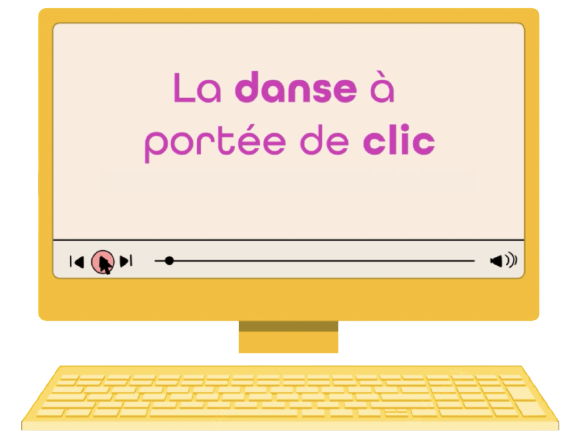About the project
A word from Regroupement québécois de la danse
A need from the community
A word from Emmalie Ruest and Stéphanie Fromentin
“We hope that these vignettes will serve as sparks for anyone interested in developing projects around webcasting, in the mediatization of dance on the web or in simply making dance more accessible.”
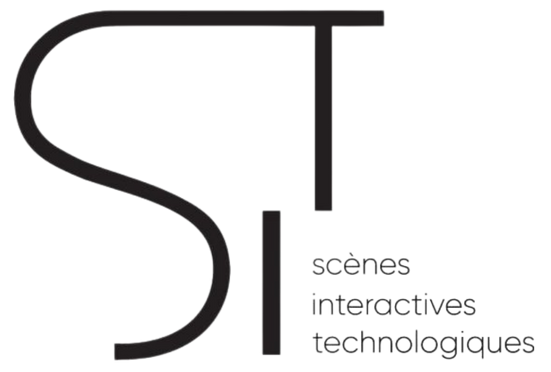
Special collaboration with
SIT Scènes Interactives Technologiques
Collaboration spéciale avec SIT
Scènes Interactives Technologiques
“Accompanying the RQD in the elaboration of content for this web series on webcasting seemed essential to us and gave us great pleasure, since our two organizations have a common mission to contribute to the development of skills within the Quebec choreographic community.”
“Webcasting, as well as other teleperformance forms, are emerging digital broadcasting models that could have major ecological impact and socioeconomic impacts. Not only do these forms offer greater freedom to creators who would not always have (specialized) broadcasters to present their works in front of an audience, but they also make it possible to bring together works and audiences that are far from cultural metropolises.”
Thanks to partners
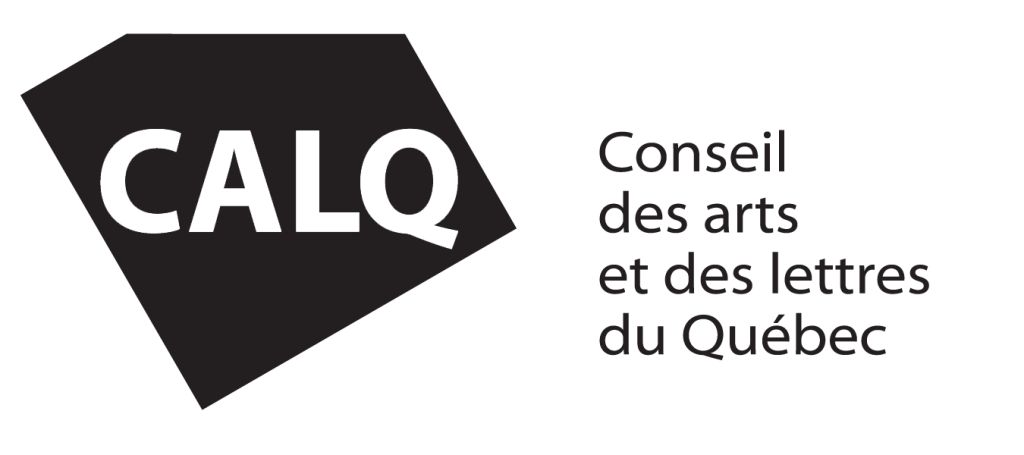

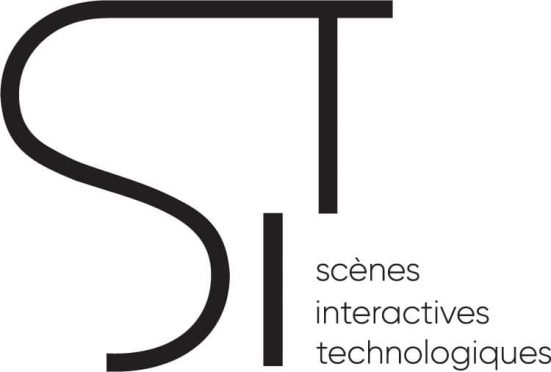


Other acknowledgments
Thanks to the choreographer-performers
Thanks to experts and stakeholders (in order of appearance)
Armando Menicacci
Claire Paillon
Mickaël Spinnhirny
Eric Valley
Karenne Gravel
Nicolas Berzi
Stéphane Labbé
Axelle Munezero
Marijoe Foucher
John Blouin
Fred Baune
Guillermo Escobar a.k.a Black fly
William Audet
Thanks to the École supérieure de ballet du Québec
to have welcomed us in its premises for the shooting
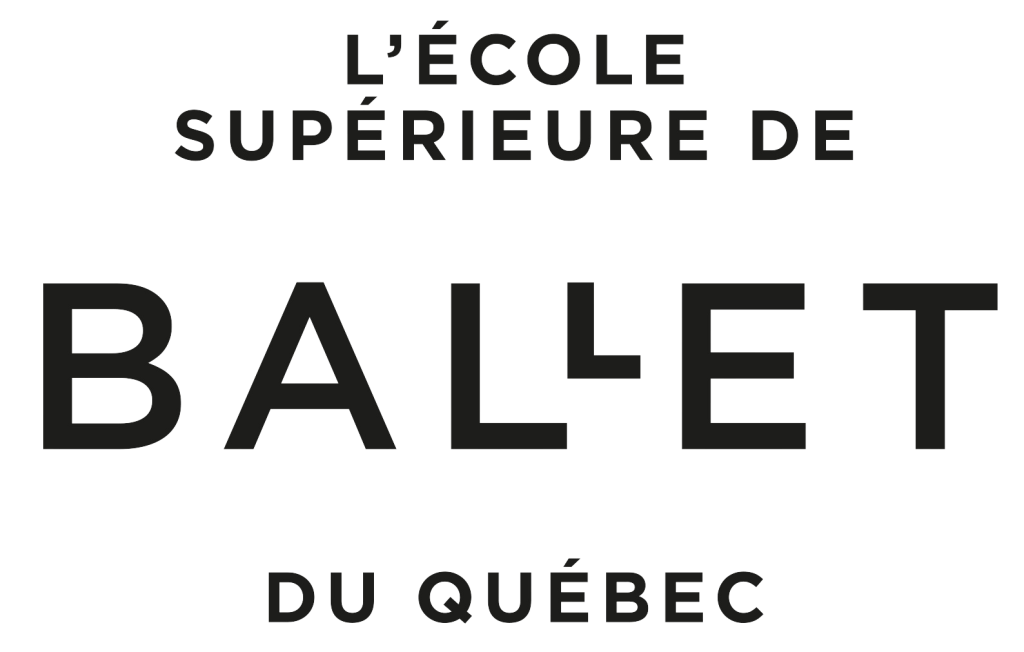
Credits
Produced by
Le Regroupement québécois de la danse
Aurélie Lauret
Nadine Medawar
Directed by
Production
La Guérilla
Production manager
Francis Bourque
Photo production
François Herquel
Editing
Zachary Abid
Camera operators
Romain Rabasa et Xavier Bossé
Sound recording
Jean-François Caissy
Stakeholder and content search
Aurélie Lauret
Nadine Medawar
SIT Studio
Scriptwriting
Geneviève Mallette
Script consultant
Web design
Agence Webventure
Resource Writing
Armando Menicacci & Nicolas Berzi (SIT STUDIO)
William Audet (Bereskin & Parr LLP)
Eric LeBlanc (Agence Mickaël Spinnhirny)
